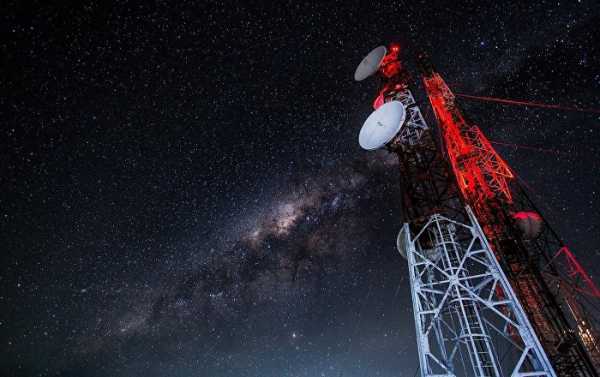
While the researchers believe that their study may help discover new types of fast radio bursts different from the currently known signals, they also point out that they cannot pinpoint the exact source of the signal “with absolute certainty.”
Researchers at the Commonwealth Scientific and Industrial Research Organization (CSIRO) who recently discovered a number of new fast radio bursts (FRB) emanating from space have managed to narrow down the origin of one of these signals to a place located relatively close to our planet (“at least by astronomical standards”), according to a new study published in The Astrophysical Journal Letters.
Elizabeth Mahony, a researcher at CSIRO, explained that the scientists believe that the signal, designated as FRB 171020, originated from ESO 601-G036 – a spiral galaxy located about 120 million light years away which makes it “almost our next door neighbor.”
As Mahony wrote on The Conversation, “what is particularly striking about this galaxy is that it shares many similar features to the only galaxy known to produce FRBs: FRB 121102.”
She also noted that the fact that CSIRO’s Australia Telescope Compact Array failed to locate any persistent radio emission coming from ESO 601-G036 may point “to the possibility that there are different types of fast radio bursts that may even have different origins.”
The researcher pointed out however that at this time she and her colleagues cannot say “with absolute certainty” that the galaxy in question is indeed the source of the signal.
Sourse: sputniknews.com






